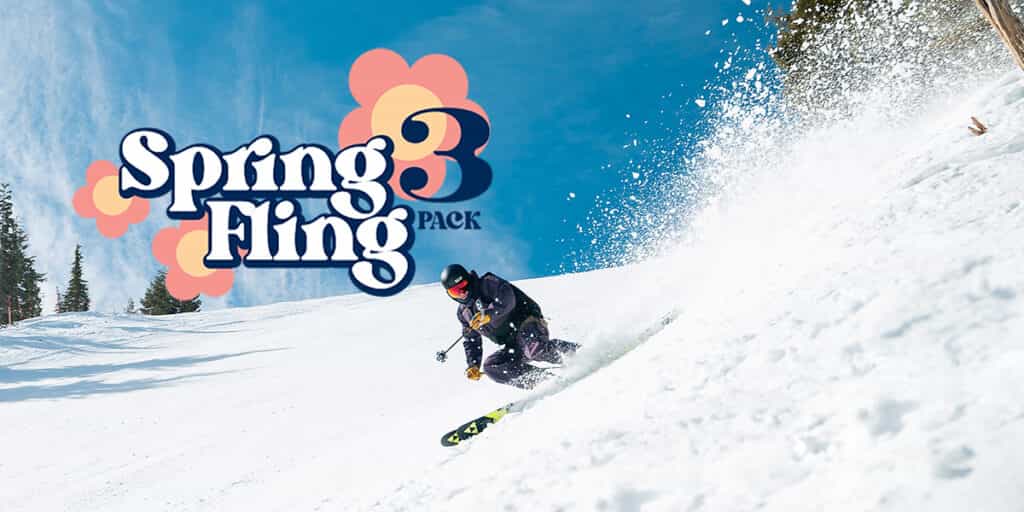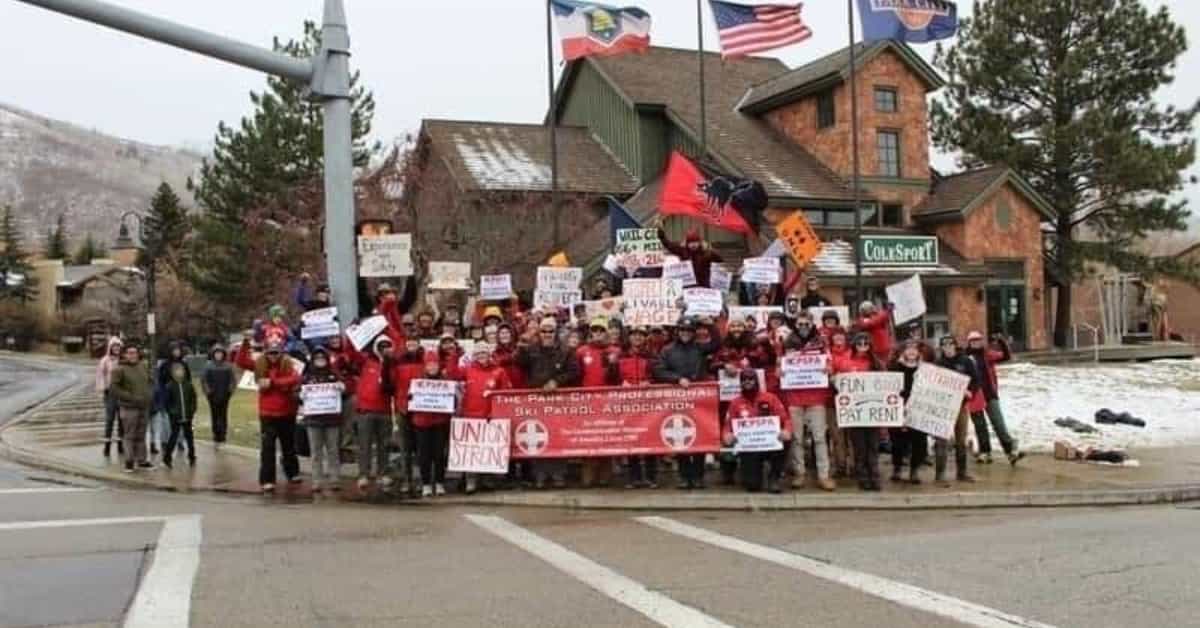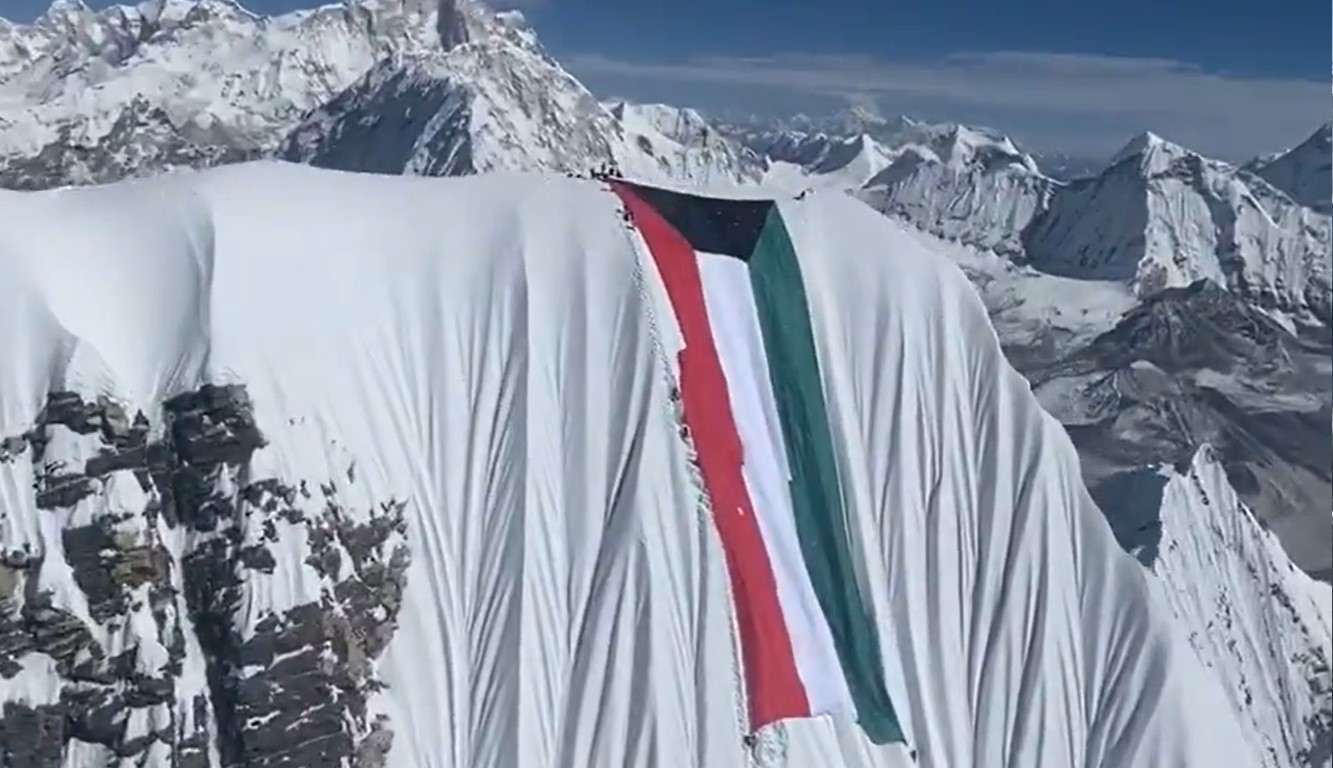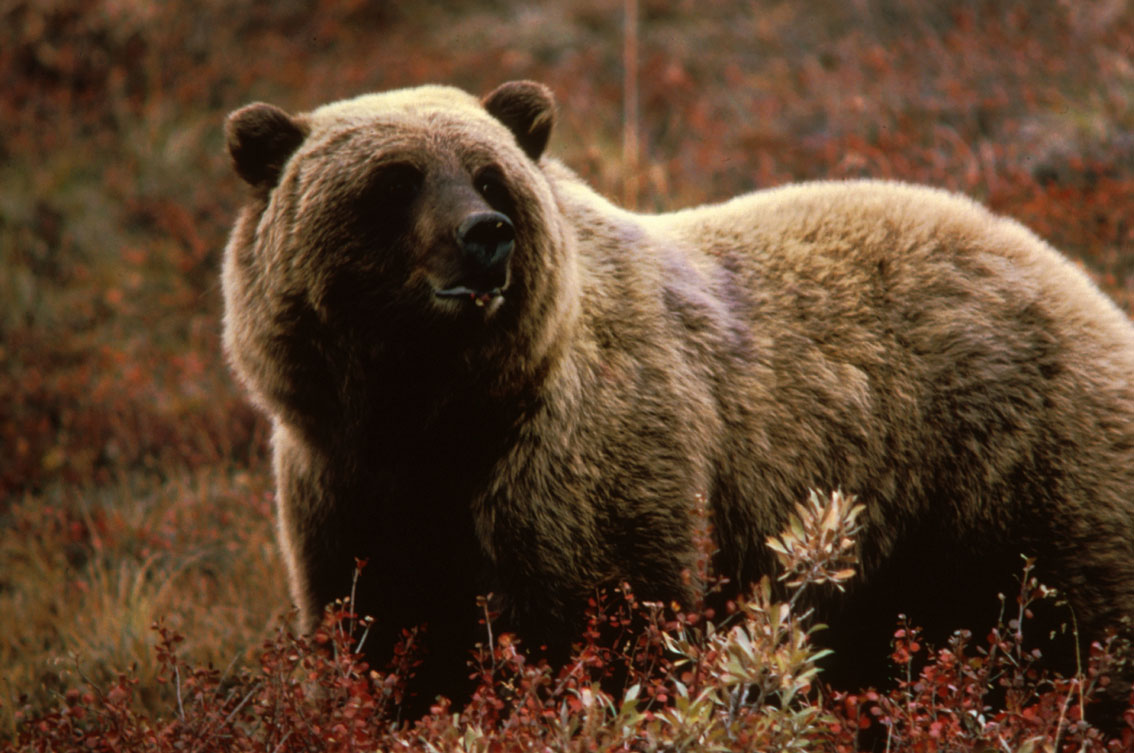
Last month a judge stepped in to stop the opening of the first grizzly bear hunting season in Wyoming and Idaho in 40 years, first postponing it two weeks, then an extra two weeks. US District Judge Dana Christensen wanted more time to review how the US Fish and Wildlife Service had gone about removing federal protection for Yellowstone grizzlies under the Endangered Species Act.
This week Christensen decided to place the bears back under the protection of the ESA, ruling:
…that the USFWS made use of “arbitrary and capricious” evidence when they decided to delist the animals and make them available for hunting.
The ruling took into account not just the status of bears in the Greater Yellowstone Ecosystem, but across the western states as a whole, a broad conception of the health of grizzly populations he says the USFWS failed to employ.
“By delisting the Greater Yellowstone grizzly without analyzing how delisting would affect the remaining members of the lower-48 grizzly designation,” he wrote, “the [US Fish and Wildlife] Service failed to consider how reduced protections in the Greater Yellowstone Ecosystem would impact the other grizzly populations.”
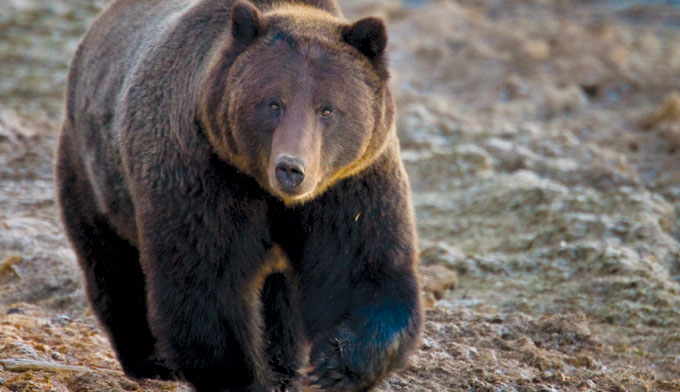
When the proposed delisting of grizzlies was first announced earlier this summer, conservation and Native American groups joined forces to contest the decision. More than 100 Native American tribal nations, including some in Canada, signed the Grizzly Treaty, in a rare moment of cooperation across that many nations, reports Adventure Journal.
“The grizzly bear, historically, is a religious icon to virtually all tribal nations in the United States and Canada,” said Ben Nuvamsa of the Hopi Bear Clan. “There is not one tribe that does not hold the bear in high regard and does not include the bear in its ceremonies.”
Wyoming’s governor, Matt Mead, said he was “disappointed” by the ruling. A spokesperson for the Wyoming Farm Bureau said letting the numbers of grizzlies grow under federal protection would contribute to “endangering the lives and livelihoods of westerners who settled the region long ago.”

